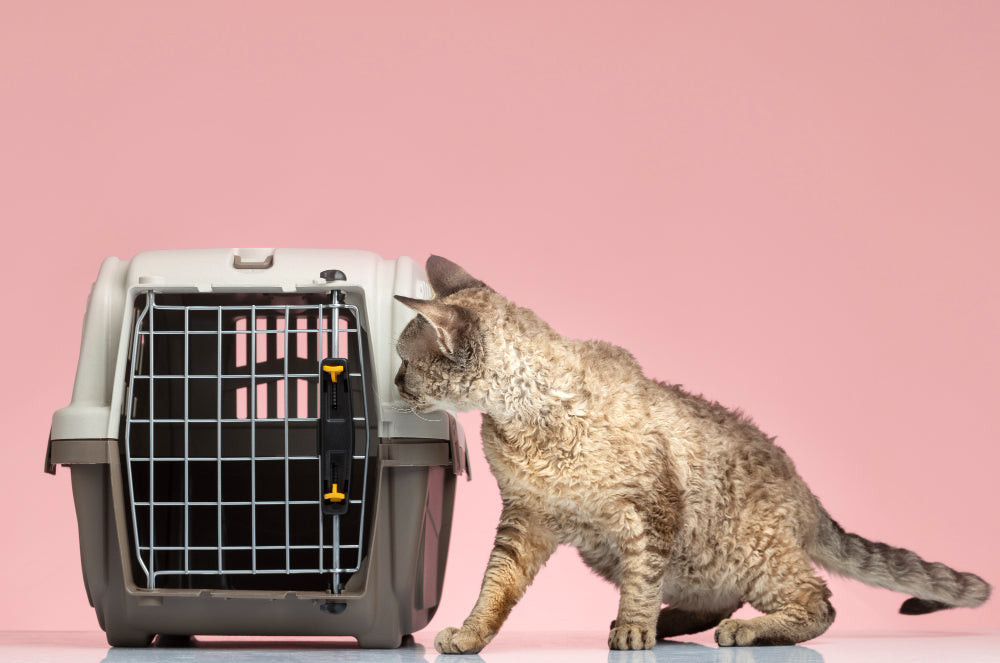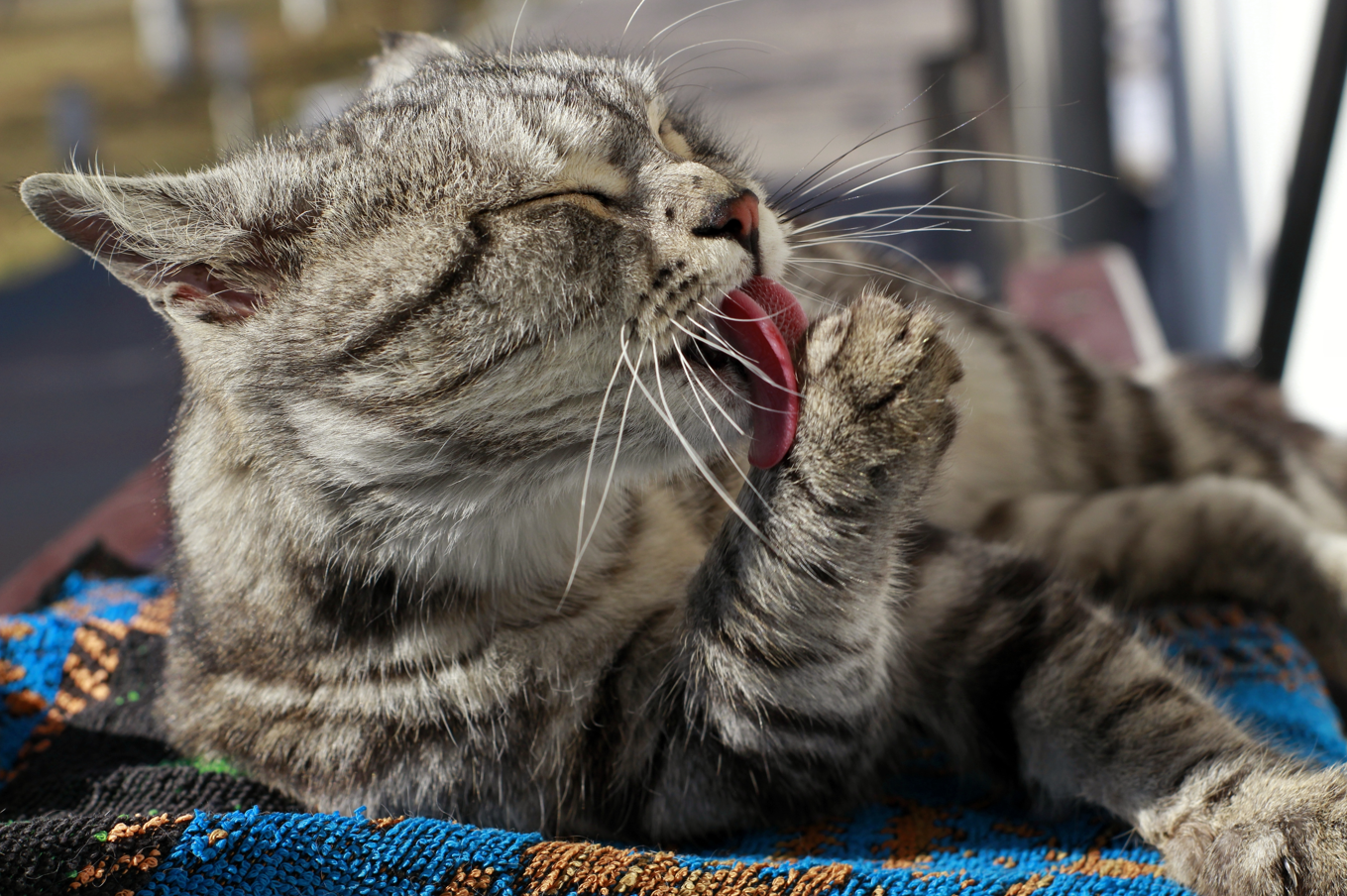
Analytical constituents in dog food explained: how to choose the best food for your dog
, by Michael van Wassem, 9 min reading time

, by Michael van Wassem, 9 min reading time
On the packaging of dry or wet dog food, you'll always see a list of "analytical constituents." These are the nutrients scientifically measured in the food, such as protein, fat, fiber, and minerals. Many owners find this technical or even confusing, but knowing what they mean can help you better determine which food best suits your dog's needs.
In this guide, we explain the key ingredients. You'll learn not only what they're good for, but also how to interpret the values and what to do if your dog is experiencing certain symptoms.
What is it? Protein is the main building block for muscles, tissue, hormones, and enzymes.
Normal range: 20 – 40% (depending on age and activity).
Too high/low? Too little protein (<20%) can lead to muscle loss and a dull coat. Too high protein (>40%) is rarely necessary, except for sporting dogs or puppies.
When to pay extra attention:
For puppies and active dogs: choose a food with 28–35% protein.
For seniors or dogs with kidney problems : choose a food with lower protein (around 20–24%) so as not to burden the kidneys.
What is it? Fats provide energy and contain omega fatty acids for the skin, coat, and immune system.
Normal range: 8 – 22%.
Too high/low? Too much fat (>22%) can cause obesity. Too little fat (<8%) often results in a dull coat and low energy.
When to pay extra attention:
For overweight dogs : choose food with <12% fat.
For active or working dogs : choose food with >16% fat.
For dogs with skin problems : make sure they get enough omega 3 and 6.
What is it? Fiber ensures healthy bowel function and a feeling of fullness.
Normal range: 2 – 6%.
Too high/low? Too much fiber (>8%) can cause diarrhea or flatulence. Too little fiber (<2%) can lead to constipation.
When to pay extra attention:
For dogs that often have diarrhea : choose a food with 3–4% fiber, preferably from beet pulp or chicory.
In overweight dogs : food with 6–8% fiber helps with satiety.
What is it? This is the total amount of minerals in the feed (such as calcium, phosphorus, and magnesium).
Normal range: 6 – 9%.
Too high/low? More than 10% could indicate a high percentage of bone or offal, which is less digestible.
When to pay extra attention:
For sensitive intestines : choose a food with max. 7% crude ash.
What is it? Necessary for bones, teeth, nerves, and muscles.
Normal range: 0.8 – 1.6%.
Too high/low? Too much calcium can cause growth problems in large breed puppies. Too little leads to bone problems.
When to pay extra attention:
For large breed puppies : choose food with 1.0–1.3% calcium and pay attention to the ratio with phosphorus (1.2: 1).
What is it? Works with calcium for bone health and energy metabolism.
Normal range: 0.7 – 1.2%.
Too high/low? Too much phosphorus puts a strain on the kidneys, especially in older dogs.
When to pay extra attention:
For seniors or dogs with kidney problems : choose food with a low phosphorus content (<0.8%).
What is it? Supports muscle, nerve, and bone development.
Normal range: 0.06 – 0.12%.
Too high/low? Too little magnesium can cause muscle tremors; too much is rare.
When to pay extra attention:
For dogs sensitive to stress : magnesium can help with relaxation.
What is it? Essential fatty acids for skin, coat, brain development, and anti-inflammatory properties.
Normal range: omega 3 >0.3%, omega 6 >2%.
Too high/low? An uneven ratio (too much omega-6, too little omega-3) can cause skin problems.
When to pay extra attention:
For dogs with itching, allergies or a dull coat : choose food rich in omega-3 (e.g. salmon oil).
What is it? Amino acid for a healthy heart, eyes, and immune system.
Normal range: Often added in 500–1500 mg/kg.
Too high/low? Dogs produce some taurine themselves, but some breeds (e.g., retrievers) need extra.
When to pay extra attention:
For heart problems or sensitive breeds: choose food with added taurine.
What is it? An amino acid that helps with urine pH and keratin production for skin and coat.
Normal range: often around 1000 mg/kg.
When to pay extra attention:
For dogs with urinary tract problems : choose food with added methionine.
For dogs with dull coats : methionine supports hair growth.
Sodium and potassium: for fluid balance and muscles.
Iron, copper, zinc, selenium: important trace elements for blood, skin and immune system.
Glucosamine & chondroitin: support joints, important for large breeds or seniors.
L-carnitine: stimulates fat burning and supports heart function, often found in light food.
Moisture: around 10% for dry food, up to 80% for wet food.
Analytical constituents aren't a complex science, but a useful tool for comparing food. By knowing what's normal and which components are particularly important for your dog's symptoms (such as diarrhea, skin problems, excess weight, or kidney problems), you can make more informed choices. This way, your dog always gets food that perfectly suits its health and lifestyle. Always consult your veterinarian first. They can best help you choose the right food for your dog.


